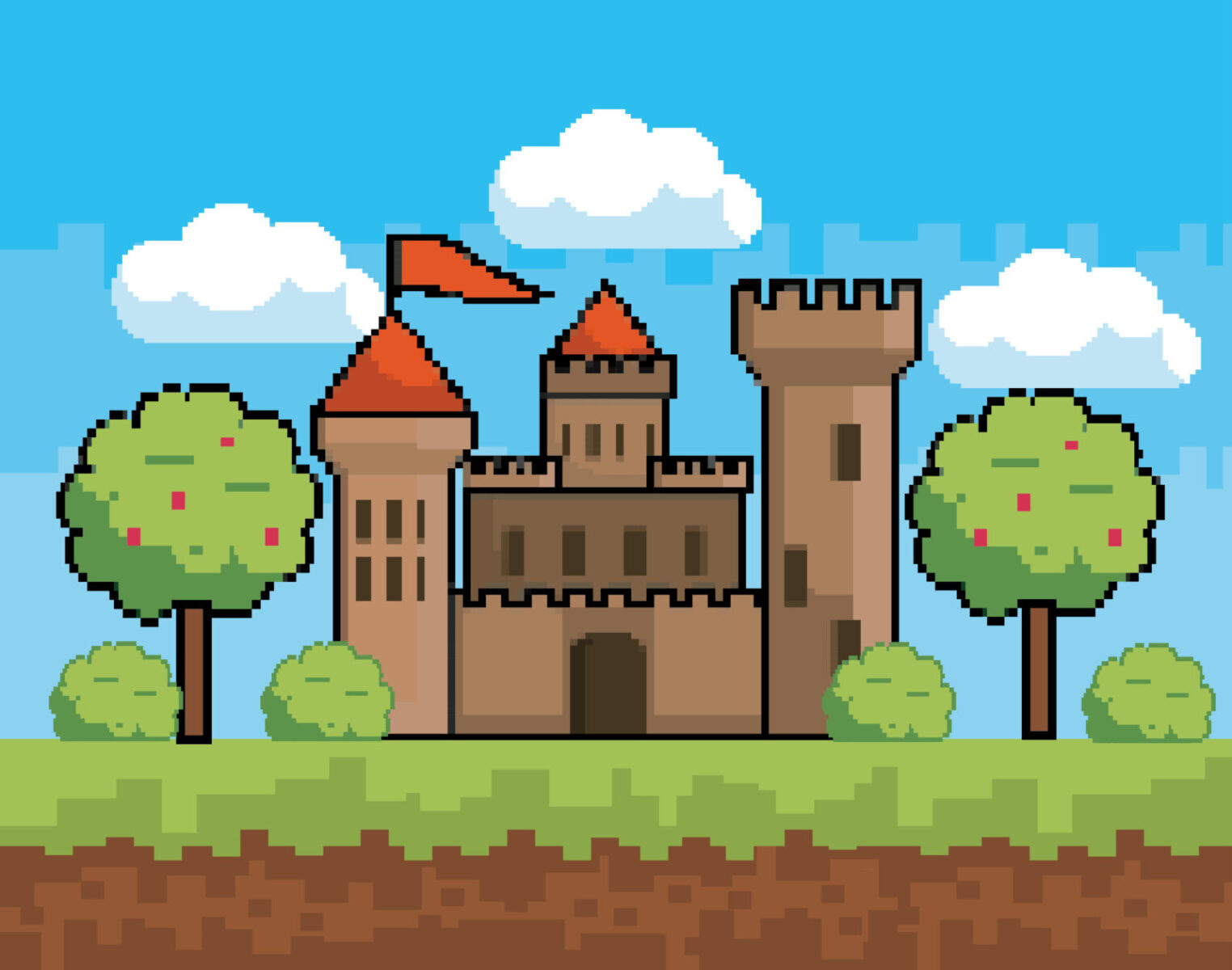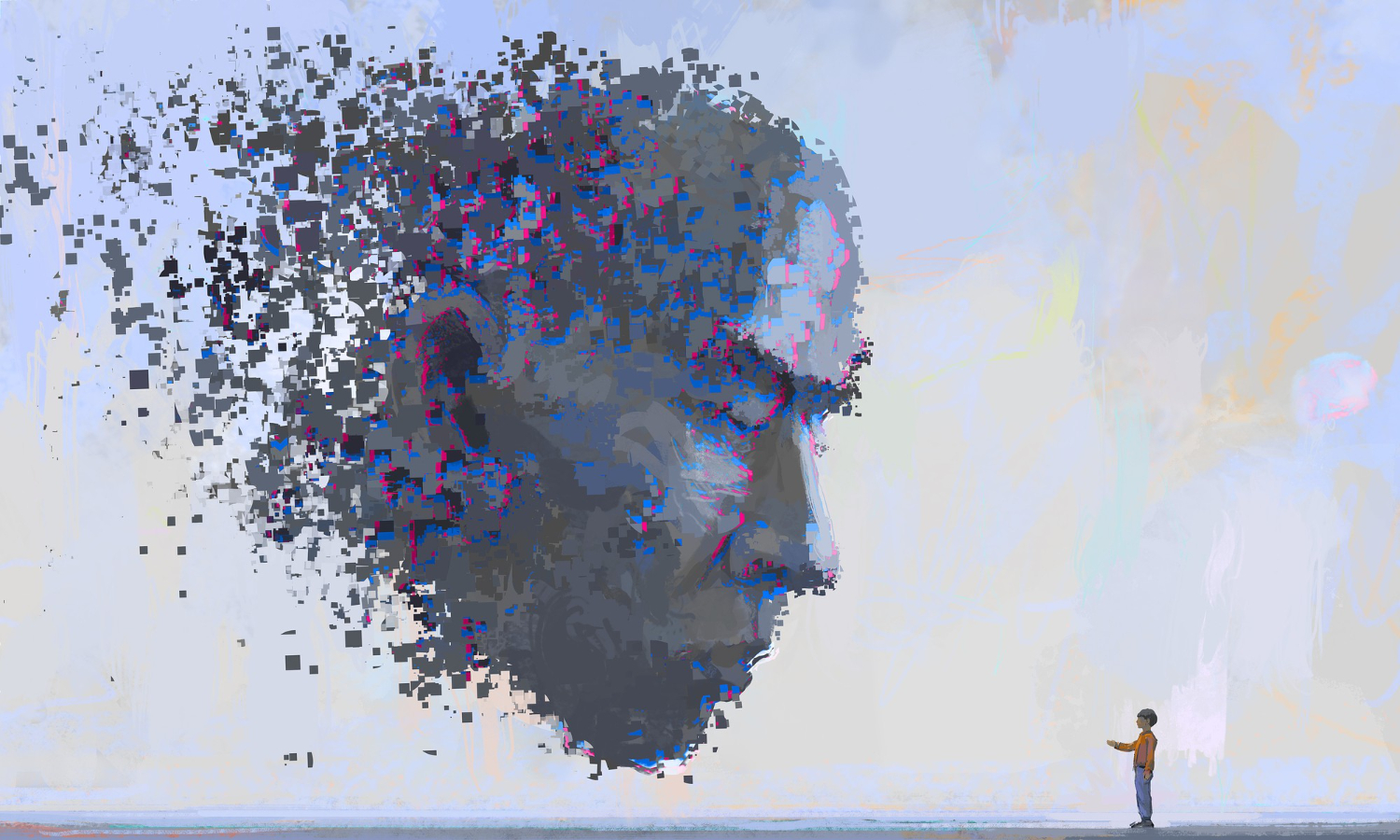The purchase of a second-hand Amiga 500 today has proven to be a long initiation into retro computing. I had to relearn how to set up the Amiga 500 computer with an analog TV display, tested the A500 floppy disk drive with a game of Super Cars, and uncovered caveats with how the Commodore Amiga handles file types and file extensions.
My reason to negotiate the purchase of a second-hand Amiga 500 for $600AUD was to catalogue the Amiga games, programs, utilities and save disks from the collection of floppy disks that had been stored under my bed in the family house for thirty years.
Graphic Design On The Commodore Amiga
In the process of loading floppy disks to see whether they still worked, I opened up Deluxe Paint III followed by Deluxe Paint IV on the Amiga 500. While foraging through a few Save Disks, I stumbled across graphic design that I had drawn thirty years ago as a kid.
There was my medieval pixel art castle image. I drew the pixel art pixel by pixel. I was so happy to see it.
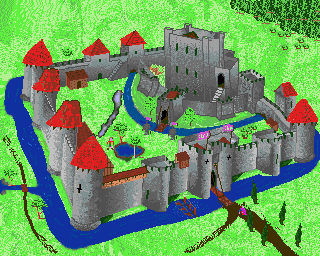
There was another image that I created of my Kawai electric keyboard that I owned in late 1993. I recreated it pixel by pixel in Deluxe Paint. That was great to see.
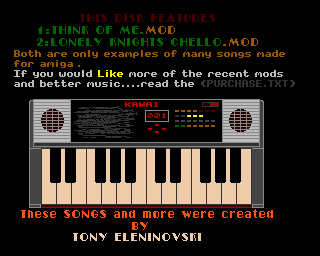
There was also a picture of my business name adopted in my teenage years, Nocturnal Knowledge. The image – with a hand reaching out to a fifty cent coin – was intended to be used with a “support us” text file so that people who liked my Warez could know how much to donate.
Now I think to myself, “Why would you put the value of fifty cents on that coin?” As an adult, I appreciate that the coin value should be left generic, so that consumers don’t have any preconceived notion of how much to donate.
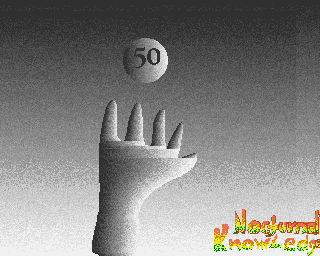
What I really loved was when I came across another photo of a castle in the desert. I think the inspiration for this image came from a picture that I drew back in primary school. The picture was of a road that appears wide on the bottom left and right of the page, but it tapers off into a thin triangle towards the middle of the page.
The visual trick I learned in art class at school creates this impression of a very long road. I could have used the same technique with the water drawn on this image in Deluxe Paint for the Amiga 500.
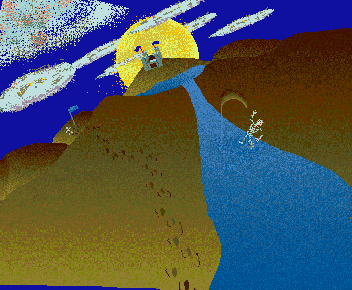
The Proliferation Of Adult Content In The 1990’s
Back to the story, I moved on from the floppy disks containing images that I had designed in Deluxe Paint to now load up any other image files I could find in my various floppy disk cases. I laughed when I stumbled upon adult content saved onto some of my floppy disks.
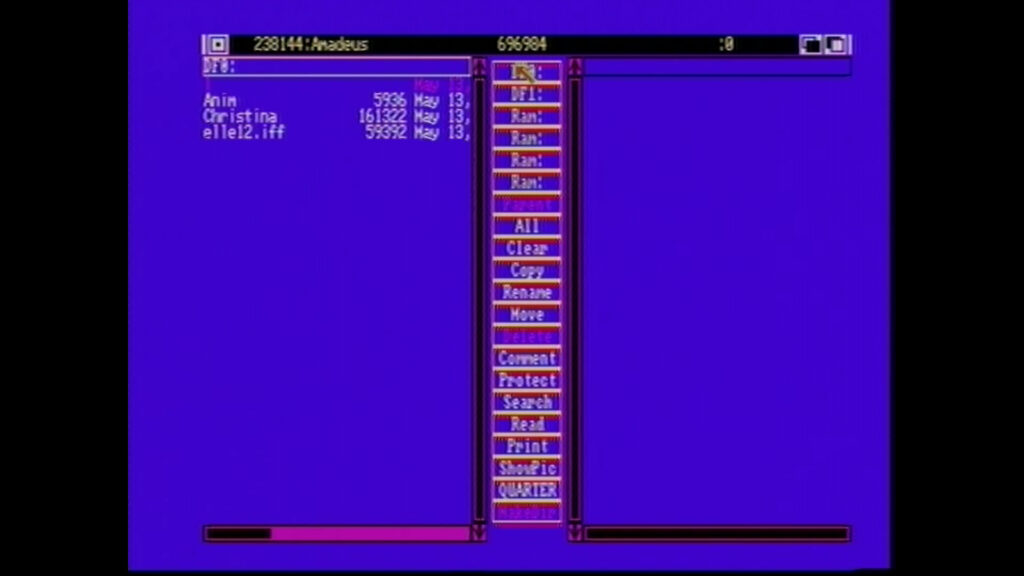
I loaded up a doctored photo of a naked Christina Applegate.
For the sake of historical accuracy, you can view the image of a naked Christina Applegate here. Leave a comment to debate the authenticity of the image.
On one Save Disk I also spotted a photo of Elle Macpherson with a white bra on. This adult content was downloaded from the good old bulletin board (BBS) days, before the internet took off.
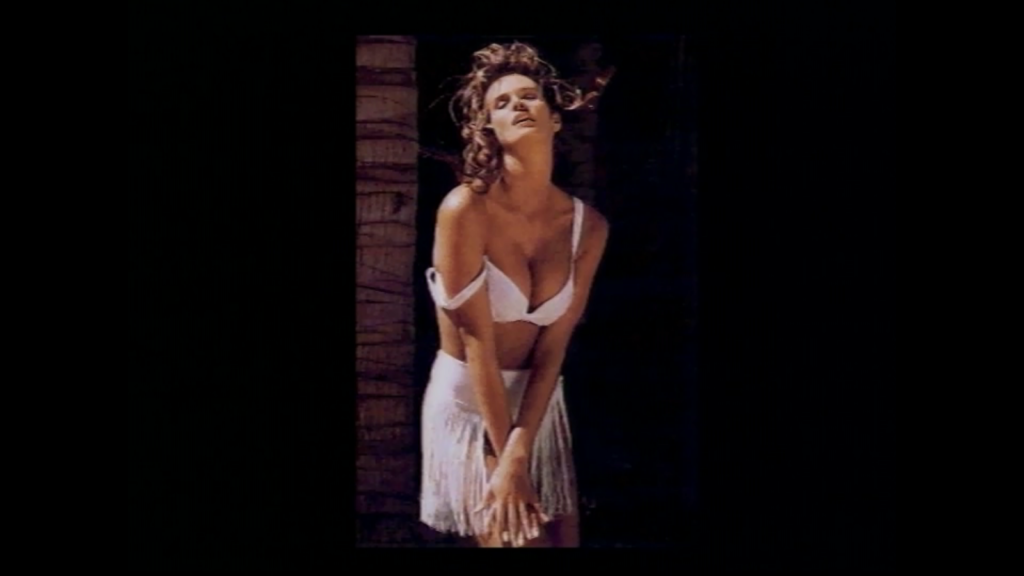
The Evolution Of File Sizes
The evolution of technology over thirty years has been humbling. These days, one photo could easily need 5MB in file size. An Amiga 500 wound need at least 4 floppy disks saved into RAM to view that one modern photo.
Back in the Commodore Amiga days, the options for graphic design screen formats were PAL or NTSC modes, color palettes from 2 colors up to 64 colors, as well as interlaced display mode.
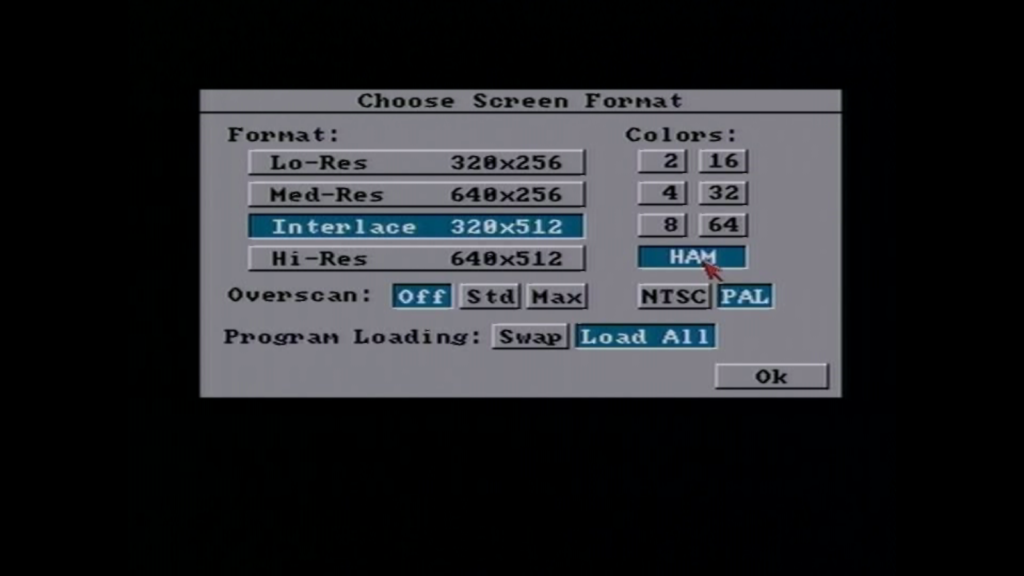
As I look at the photos saved onto my Amiga 500 floppy disks, it’s really interesting to see what capability we had back in the mid 1990’s.
Today is the first time I have used an Amiga in thirty years, so the overlap between the Amiga 500 and my IBM puzzles me. I need a few more weeks orientation on my Amiga 500. My next mission will be to figure out when I gave my Amiga 500 away, to be replaced with an IBM.
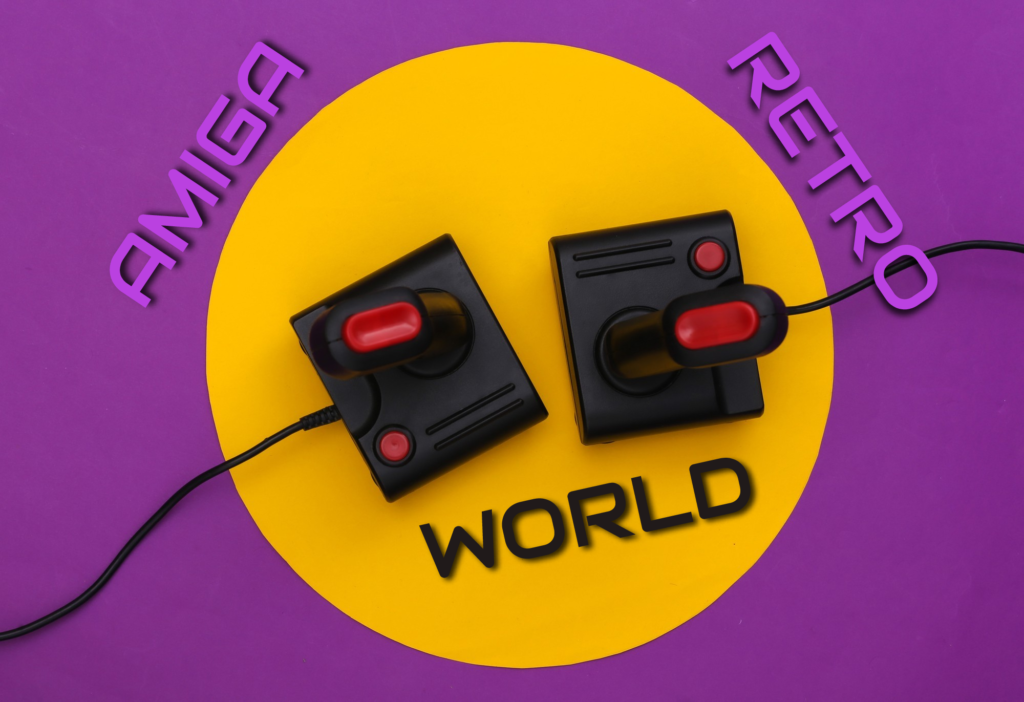

Diary Of A Mad Chaos is a daily diary written from March 1996 until today, of which individual books and book series have been created, namely “The Lost Years” an exploration of young, entwined love, the “Wubao In China (猎艳奇缘)” book series which provides an extensive comparative analysis of the cultural differences between Eastern and Western societies, and the book titled “Foreigner (华人)” an exploration of race relations in Australia.


